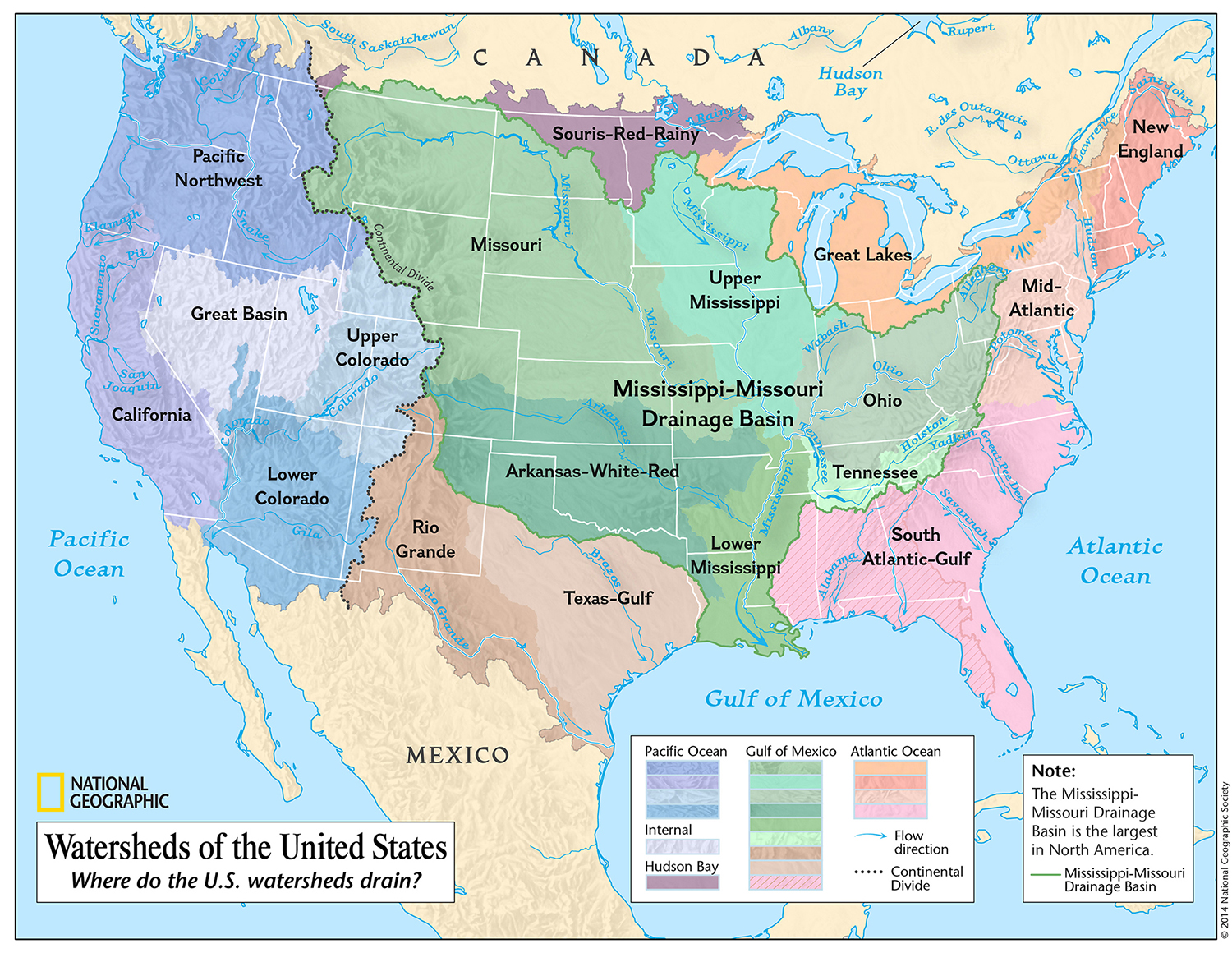
Topics
Bioregional Mapping
Bioregional Mapping
Explore creation of a mapping guild and spin off project groups. Manages the mapping page of the RC website

Explore creation of a mapping guild and spin off project groups. Manages the mapping page of the RC website
Please confirm you want to block this member.
You will no longer be able to:
Please note: This action will also remove this member from your connections and send a report to the site admin. Please allow a few minutes for this process to complete.